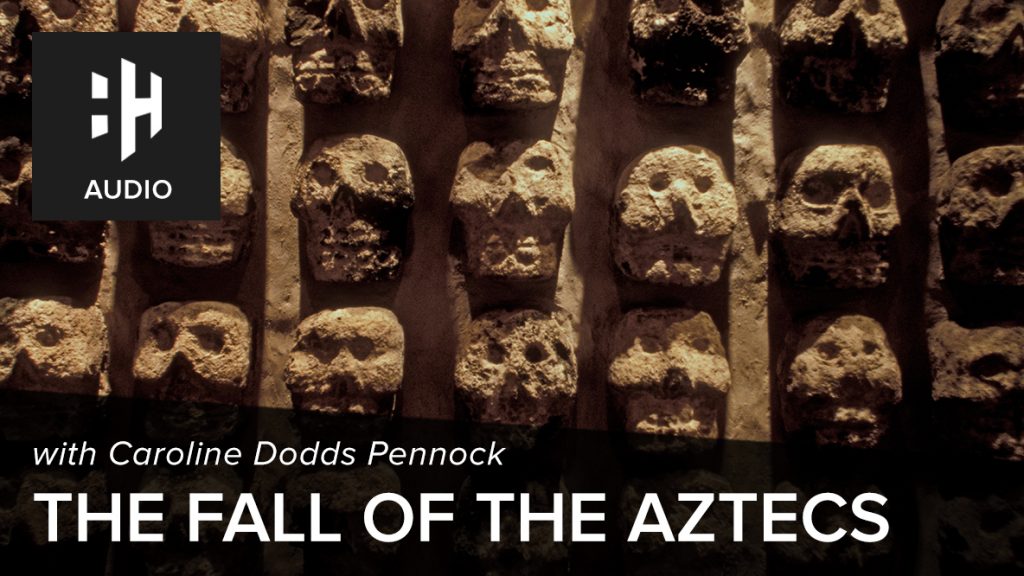Maya civilization has fascinated people since its mysterious collapse in the 9th century. Incredibly sophisticated and hugely alien to the modern world, the Maya believed the universe was made up of three parts: the earth (kab), the sky (kan) and the underworld (xibalba).
They also had a pantheon of gods which related to every aspect of life: some historians estimate that in total, there were over 200 gods. These gods were changeable, and rarely represented one thing. Our understanding of them is relatively limited, but certain gods were documented and their importance is reflected in their presence at assorted Mayan sites.
Here are some of the most important gods for the Maya.

A Spanish transcription of the Popul Vuh, a text documenting Maya mythology. Image credit: Public Domain.
1. Itzamná
Itzamná was one of the most important gods for the Maya: he was the creator, and ruler of day and night. Believed to be largely kind and protective towards humans, he was the one who taught men to grow maize and how to use calendars, as well as being a god of medicine.
His general benevolence and wisdom meant he was often portrayed as an old man with a toothless smile. Other popular representations often involve Itzamná as a bird deity. Some Maya kings were perceived to be able to represent the gods, including Itzamná: records of these kings have been found at Palenque, Yaxchilan and Dos Pilas, amongst other sites.
2. Chaac
Chaac was the rain god: he was particularly popular in the Yucatan region of Mexico, and his image can be found all over major Mayan sites such as Chichen Itza.
Chaac is normally portrayed with a lightning axe, which he used to strike the sky and bring rain: kings were known to impersonate the rain deity in war in an attempt to channel his wrath and fury. He was normally also portrayed with reptilian scales, fangs and a long bulbous nose.
As with many Maya deities, he was often portrayed as four gods rather than one, each associated with a different point of the compass. According to folklore, one of the kings of Chichen Itza was known as Chac Xib Chaac (Chaac of the east).
In late Maya tradition, Chaac was associated with human sacrifice, and priests who enacted this were known as chacs.

Details of Chaac masks on a Mayan temple. Image credit: Rafael Saldaña / CC.
3. Kukulkan
Known as the feathered serpent, Kukulkan was one of the most widespread Maya gods, worshipped from the highlands of Guatemala to the Yucatan peninsula in Mexico. The Aztecs also had an equivalent god: Quetzelcoatl.
Exactly what Kukulkan was associated with remains vague despite his importance: some believe his wings (feathers) gave him the power of flight, meaning he was associated with the sky. Other stories give Kukulkan the power to cause earthquakes, whilst some claim he was the god who gave humans laws and the ability to write.
Temples to Kukulkan have been found at Maya sites across the Yucatan peninsula, and he can often be found decorating buildings and temples across what would have been Maya civilization.
 Listen Now
Listen Now4. Yum Kaax
Often misattributed as the god of maize, Yum Kaax was the god of wild vegetation and animals – as a result, he was popular with hunters and could make a hunt successful by guiding arrows. Farmers would also often present him with the first of their harvests.
Yum Kaax was most important in Pre-Columbian times, before Spanish contact, but Maya hunters today still routinely ask for permission from Yum Kaax before they venture into the jungle.
5. Ix Chel
Ixchel was a jaguar goddess, predominantly associated with medicine and midwifery. She was said to have two forms – young woman and old crone, and lived in cenotes (water holes).
By the 16th century, the sanctuary of Ix Chel (on the modern day island of Cozumel) had become an important place of pilgrimage for women hoping for a fruitful marriage. The conquistador Cortes wrote of another sanctuary close by where unmarried young women were given as sacrifices to Ix Chel.

A Maya clay figure thought to represent the goddess Ixchel. Image credit: Gary Todd / CC.
6. Cizin
Cizin (meaning ‘stinking one’ in Mayan) was a god of earthquakes, and the ruler of the underworld: his most recognisable feature was his ‘death collar’, which featured disembodied eyes dangling by their nerve cords, although he was also portrayed as a skeleton with a smoking cigarette from time to time.
Unsurprisingly, Cizin was often pictured alongside the god of war. When the Spanish arrived and embarked on their extensive evangelization attempts, they conflated Cizin and Satan in order to make the Christian idea of the devil more comprehensible.
 Listen Now
Listen Now7. Hunab Ku
Hunab Ku is a complex god: it’s believed to be a colonial amalgamation of various gods into something that resembled the Christian God, and it seems that the Spanish attempted to closely associate Hunab Ku with Itzamná in order to make the idea more coherent.
It is unclear from Maya texts as to whether there was anything similar to Hunab Ku in the Pre-Columbian pantheon as the Maya were a polytheistic people and Hunab Ku’s presence doesn’t seem to fit as well.
Hunab Ku was far from the only god the Spanish ‘created’ or adapted to better suit Christianity: Maximon was another Spanish-Maya hybrid god, better known for being a trickster and often portrayed as a chain-smoking skeleton.















